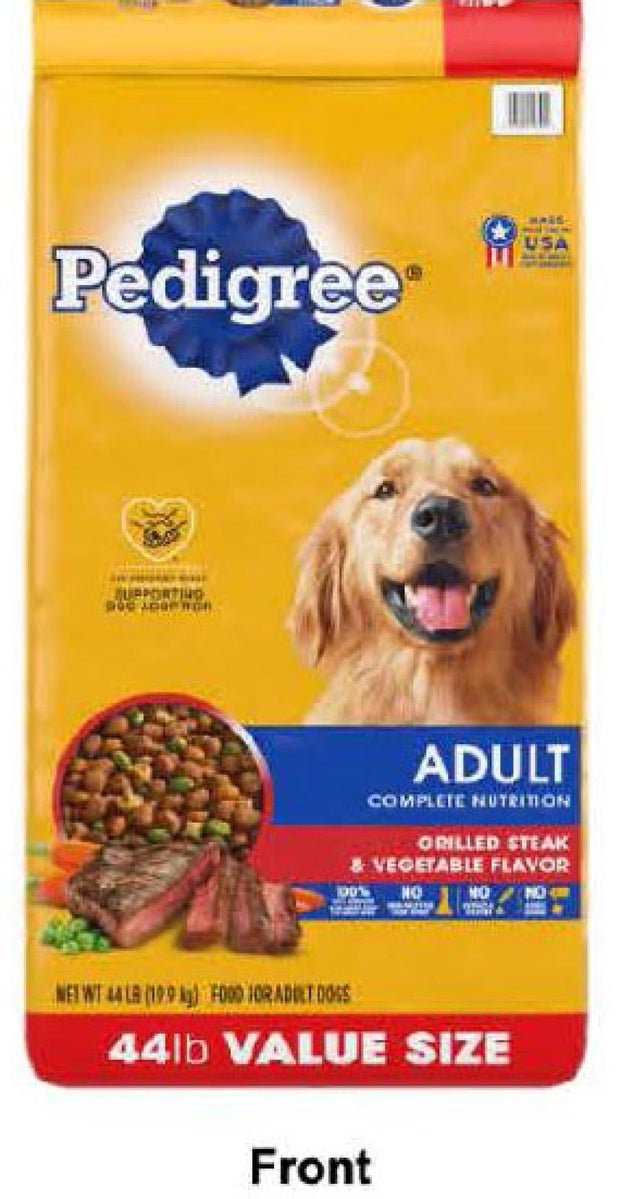Flea prevention is a non-negotiable part of responsible pet ownership. However, the question of when to stop flea medicine can be tricky. Do you stop as soon as the cold weather hits? Should you continue year-round? Let’s dive into the details and clear up the confusion.
Understanding Flea Life Cycles and Why It Matters
To make an informed decision about when to stop flea medicine, it’s essential to understand the flea life cycle. Fleas are more than just a seasonal nuisance—they can survive in various stages of their life cycle year-round.
- Eggs: Fleas lay eggs on your pet, but they quickly fall off into the environment (your home, yard, etc.). These eggs can remain dormant for weeks or even months.
- Larvae: Once the eggs hatch, the larvae thrive in dark, moist areas. They feed on organic debris and flea dirt (adult flea feces).
- Pupae: In this stage, larvae spin a cocoon and can remain in this protected state for extended periods, waiting for optimal conditions to emerge as adults.
- Adults: Adult fleas hop onto your pet, bite, and lay more eggs. The cycle continues unless you intervene.
Understanding this cycle is crucial because it shows that even if you don’t see adult fleas, the larvae or eggs could be lurking, waiting to cause a new infestation.
Seasonal Considerations: Flea Activity by Region
One of the most common misconceptions is that fleas are only a summer problem. While it’s true that fleas are most active in warmer months, their persistence varies by region:
- Warm Climates: In places with mild winters, like the southern United States, fleas can be active year-round. Stopping flea medication in these areas could lead to an infestation even in cooler months.
- Cold Climates: In regions with harsh winters, flea activity diminishes but doesn’t necessarily disappear. Fleas can survive indoors where it’s warm, which means they can still pose a threat.
- Transitional Zones: If you live in an area with a mix of temperatures, such as the Midwest, flea seasons can vary. Flea activity might start earlier in the spring and linger into the fall.
When planning to stop flea medicine, you need to consider your local climate and the potential for fleas to survive in your home.
The Best Time to Stop Flea Medicine
Now that you have a good grasp of flea life cycles and how seasons affect their activity, let’s talk about the best time to stop flea medicine.
Year-Round Prevention: In warm climates or households with multiple pets, vets often recommend year-round flea prevention. Fleas can find refuge in homes and stay active indoors regardless of outdoor temperatures.
Cold Weather Break: In colder climates, some pet owners opt to stop flea medicine during winter. However, this approach comes with risks, especially if your home provides a warm environment for fleas to survive.
Late Fall or Early Winter: If you choose to stop flea medicine, consider waiting until late fall or early winter when flea activity is at its lowest. This minimizes the chance of a late-season infestation.
Spring Start: Whether or not you stop flea medicine in the winter, be sure to start treatment early in the spring. Fleas become active quickly as temperatures rise, and it’s easier to prevent an infestation than to deal with one after it starts.
Risks of Stopping Flea Medicine Too Soon
Stopping flea medicine too early can have consequences that outweigh the short-term savings:
- Re-Infestation: Even if you stop seeing fleas, eggs and larvae might still be in your home. If you stop treatment too soon, you could face a new infestation within weeks.
- Increased Vet Bills: Treating a flea infestation is more costly and stressful than maintaining a consistent flea prevention regimen.
- Health Risks: Fleas are more than just a nuisance—they can transmit diseases like tapeworms and cause allergic reactions in pets. Stopping flea prevention can expose your pet to these risks.
Alternative Flea Control Methods
If you’re considering stopping traditional flea medicine, it’s essential to explore alternative flea control methods. These can be used in conjunction with or as a replacement for conventional treatments:
Natural Flea Control: Some pet owners prefer natural flea control methods, such as essential oils, apple cider vinegar, or diatomaceous earth. While these can be effective to some extent, they typically require more frequent application and may not offer the same level of protection as commercial flea products.
Environmental Control: Maintaining a clean environment is crucial in preventing fleas. Regular vacuuming, washing pet bedding, and treating your yard can help reduce flea populations. However, these methods alone are often insufficient in high-risk areas.
Flea Collars: Flea collars have come a long way and now offer effective, long-lasting protection. They can be a good alternative for pets that don’t tolerate topical or oral flea medications well.
Bathing and Grooming: Regular baths with flea shampoos and consistent grooming help remove fleas and prevent re-infestation. Again, while helpful, this method is best used as part of a broader flea prevention strategy.
Consulting Your Veterinarian
When in doubt, always consult your veterinarian before making any changes to your pet’s flea prevention plan. Your vet can provide personalized advice based on your pet’s health, lifestyle, and the local flea risk.
Conclusion: Staying Ahead of Fleas
Deciding when to stop flea medicine isn’t a one-size-fits-all answer. It requires a clear understanding of flea biology, your local climate, and the specific needs of your pet. Whether you opt for year-round prevention or a seasonal approach, the key is to remain vigilant and proactive. The consequences of a flea infestation far outweigh the cost and effort of consistent flea control.
By staying informed and working closely with your veterinarian, you can protect your pet from fleas year-round and ensure a happy, healthy life free from the itch and discomfort of these persistent pests.



